Observation Date: Sept. 24, 2024 at 4:00pm, Weather: Sunny to Partly Cloudy
Organism: Squirrel specifically Eastern Gray Squirrel and Douglas Squirrel
Organism is observe in 3 areas in Central Park Burnaby
- Picnic Area
- Walking/Bike Trail
- Pond Area (Biggest pond in the park)
I started my observation in the picnic area, staying for about 25 minutes. During that time, I saw three squirrels. The first was a black Douglas Squirrel foraging for scraps near the picnic tables. The second was a gray Douglas Squirrel , and the last was also a black Douglas Squirrel. I noticed that the first two squirrels were not afraid of me. I was able to get within two metres of them before they moved around, but they didn’t run far from the picnic area.
I then moved to the walking/bike trail area, where I walked about 2-3 km documenting the number of squirrels and their behavior. I did not document the squirrels I saw when returning to the starting point on the trail. In this area, I observed five squirrels: two Eastern Gray Squirrels, two black Douglas Squirrels, and one gray Douglas Squirrel. Two of these squirrels approached me on their own. For the other three, I was able to get within about 2 meters before they moved into the bushes or trees.
In the last area, the largest pond in Central Park, Burnaby, I walked around and saw one black Douglas Squirrel. I was able to approach the squirrel as close as 1 meter before it ran away.
Hypothesis: Squirrels in Central Park, Burnaby have developed distinct behaviour adaptations to urban environments, such as reduced fear of humans and increased reliance on human food around the park.
Experimental design: Natural Experiment
Response variable: Proximity to humans before fleeing (measured in meters, continuous). This variable would measure how close a squirrel allows a human to approach before it runs away, indicating its level of fear toward humans.
Explanatory variable: Level of human activity in the park (categorised as “high human presence” vs. “low human presence,” categorical). This variable relates to the environmental context and can be used to explain behavioural adaptations like reduced fear or increased reliance on humans for food.
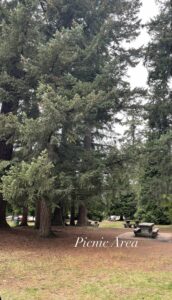
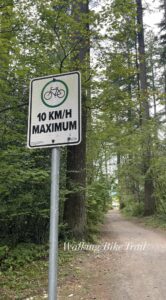
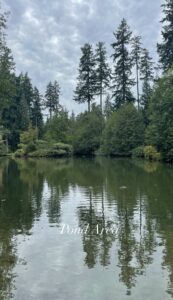
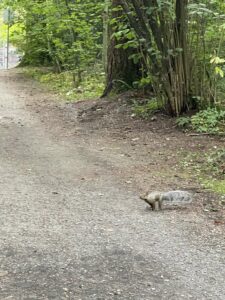

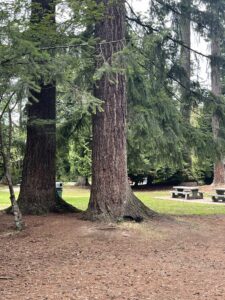

Hi, sounds like a good start to your experimental design. You won’t be able to test if the results are due to behaviour adaptations and whether it is ‘fear’ the squirrels are experiencing so be careful there. You can test if the level of human activity/presence impacts squirrel abundance / activity.
Do the three areas you mention differ in levels of human activity? It wasn’t totally clear in your post.
I’m not clear how you are testing your variable. Are you the human that is getting close to the squirrel? Are you doing point counts? How will you standardize your measurements across the three areas? Be sure to cover this sort of detail in your small assignment.